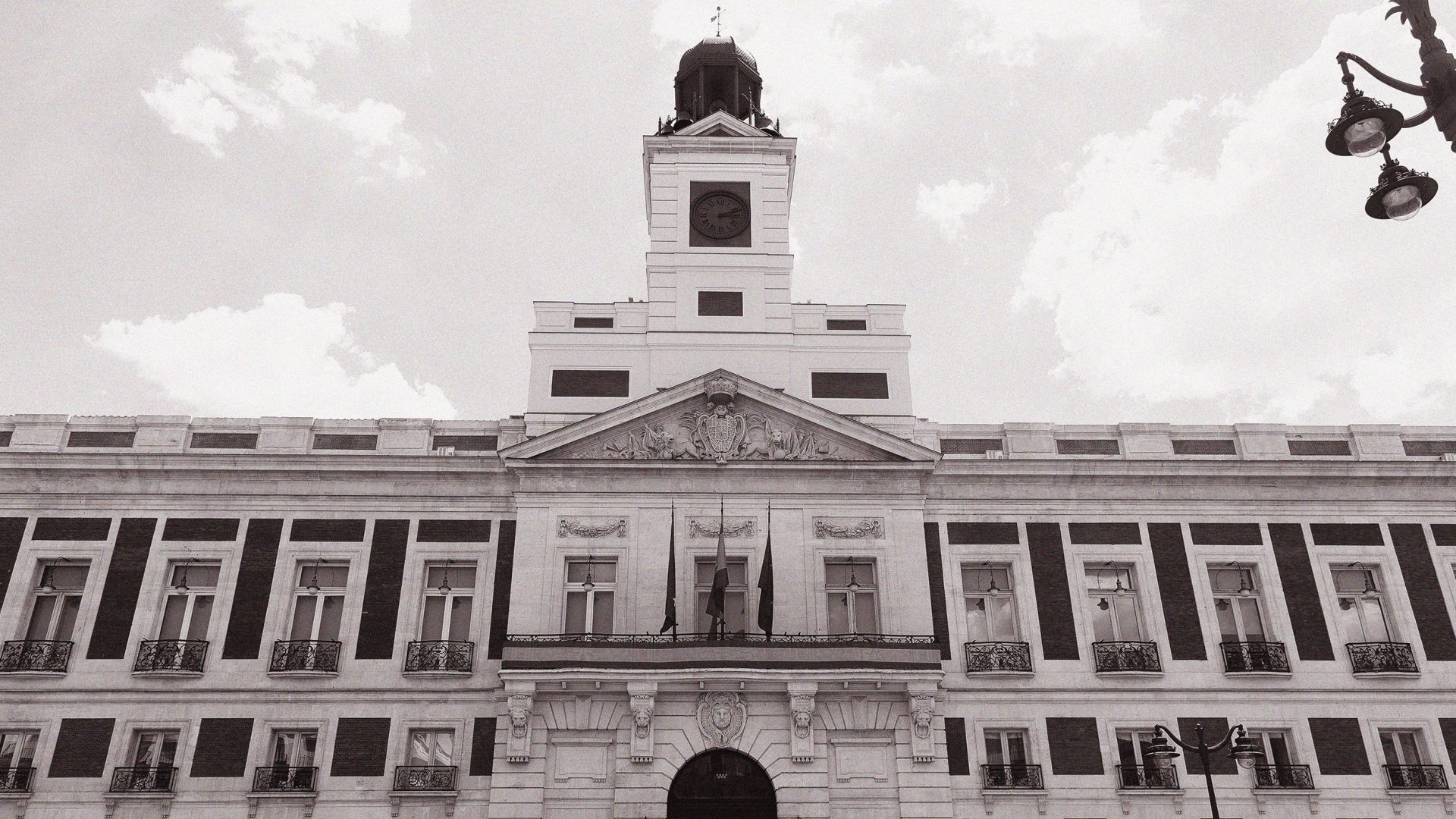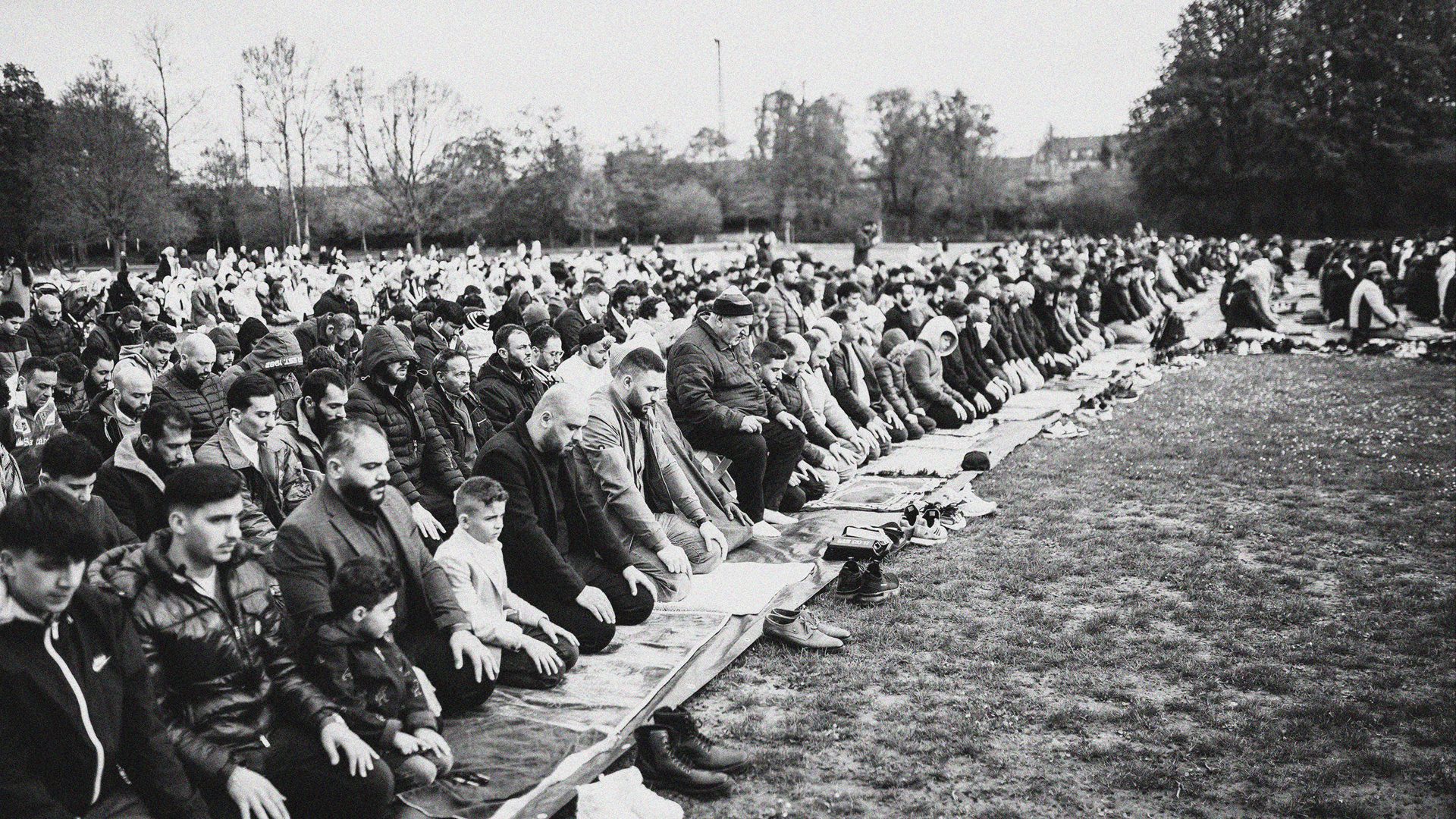“Can you hear me?” ask the elderly speakers struggling to make their frail voices heard through a squealing megaphone in Puerta del Sol. Even when they get the device to work, the only people paying attention are a small crowd gathered in front of Real Casa de Correos, a building that dominates Madrid’s main square. Most pass by oblivious.
The struggle to be heard is nothing new for this group of senior citizens. For years, they’ve been trying to talk about the brutal torture they suffered at the hands of Franco’s secret police. The pact of silence that ushered in Spain’s transition to democracy has effectively gagged them and allowed notorious torturers to go free.
“Whenever I walk around here, I look at the little windows at ground level, and I remember that when we were incarcerated in the basement, we heard people’s footsteps going by through the windows and thought, ‘How can it be that people are carrying on their lives as normal while we’re here in this hole, plunged in this horror?’” says Jesús Rodríguez Barrio.
Barrio was tortured just a few feet away in the basement of the Real Casa de Correos. The building is now the headquarters of Isabel Ayuso, the president of the Comunidad de Madrid and member of the right wing PP (Partido Popular) who came to power in 2019 by forming a coalition with the controversial far right Vox party. The protests started when Ayuso blocked a central government decision to install a plaque on the building acknowledging the torture of political prisoners inside.
The socialist prime minister, Pedro Sánchez, is determined to mark the 50 years since Franco’s death. The plaque is just one of many events planned to highlight the brutalities endured during the dictatorship.
Claiming the building is a symbol of “harmony and reconciliation”, Ayuso has taken the case to the constitutional court.
The crowd outside is furious. The testimonies are terrible. Matilde Muñoz, now 72, was arrested in September 1973 for being a member of the Revolutionary Antifascist Patriotic Front. She was imprisoned for three days in the dungeon, denied food or drink, and was brutally tortured.
Muñoz believes that the basement should become a memorial to those who lost their lives. It has been done in Lisbon: a building that housed political prisoners during the Estado Novo is now the Museum of Aljube. Here, visitors can find out about the injustices perpetrated during António Salazar’s regime.
Such a move would be long overdue in Spain, where the younger generation is ignorant about Franco’s repression. There are only a few young faces in the crowd today, but most drift by looking bemused. If Sánchez gets his way this will change, as the civil war and its aftermath could become part of the school curriculum.
With nothing official to commemorate their suffering, the victims of Franco’s repression take matters into their own hands. At the end of the demonstration, the group approaches the Casa de Correos. The police, who have been hanging back, try to intercept them as they place red carnations in the bars of the building’s windows and affix a sticker describing the building’s history.
The police then start arguing with this small group of pensioners about taking the sticker down.
To avoid a repetition of this dark past, Spain’s citizens – and people everywhere – should listen to the testimonies of those who suffered at the hands of Franco’s torturers, and consider the dangers of allowing people in power to act with impunity.
Felicity Hughes lives in Spain. Her work has appeared in the Guardian, the FT and Lonely Planet



